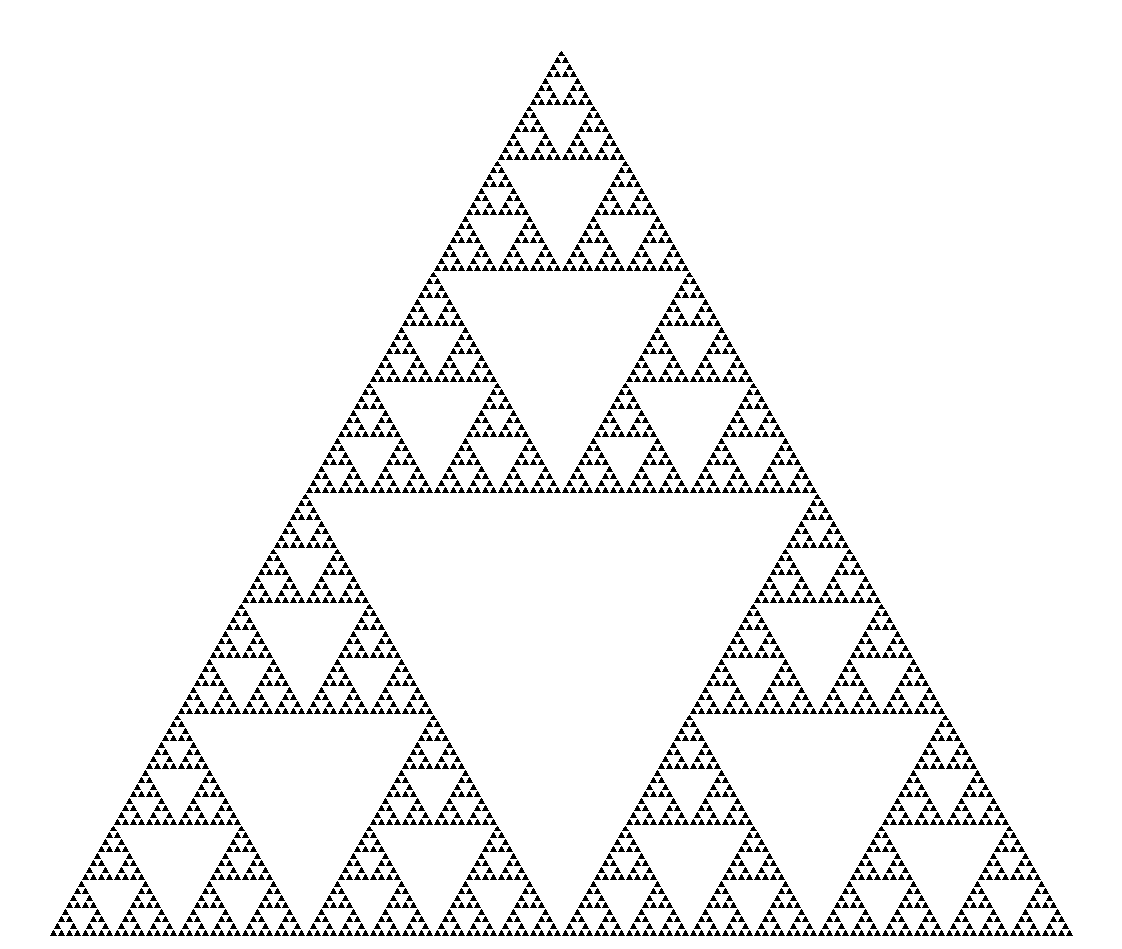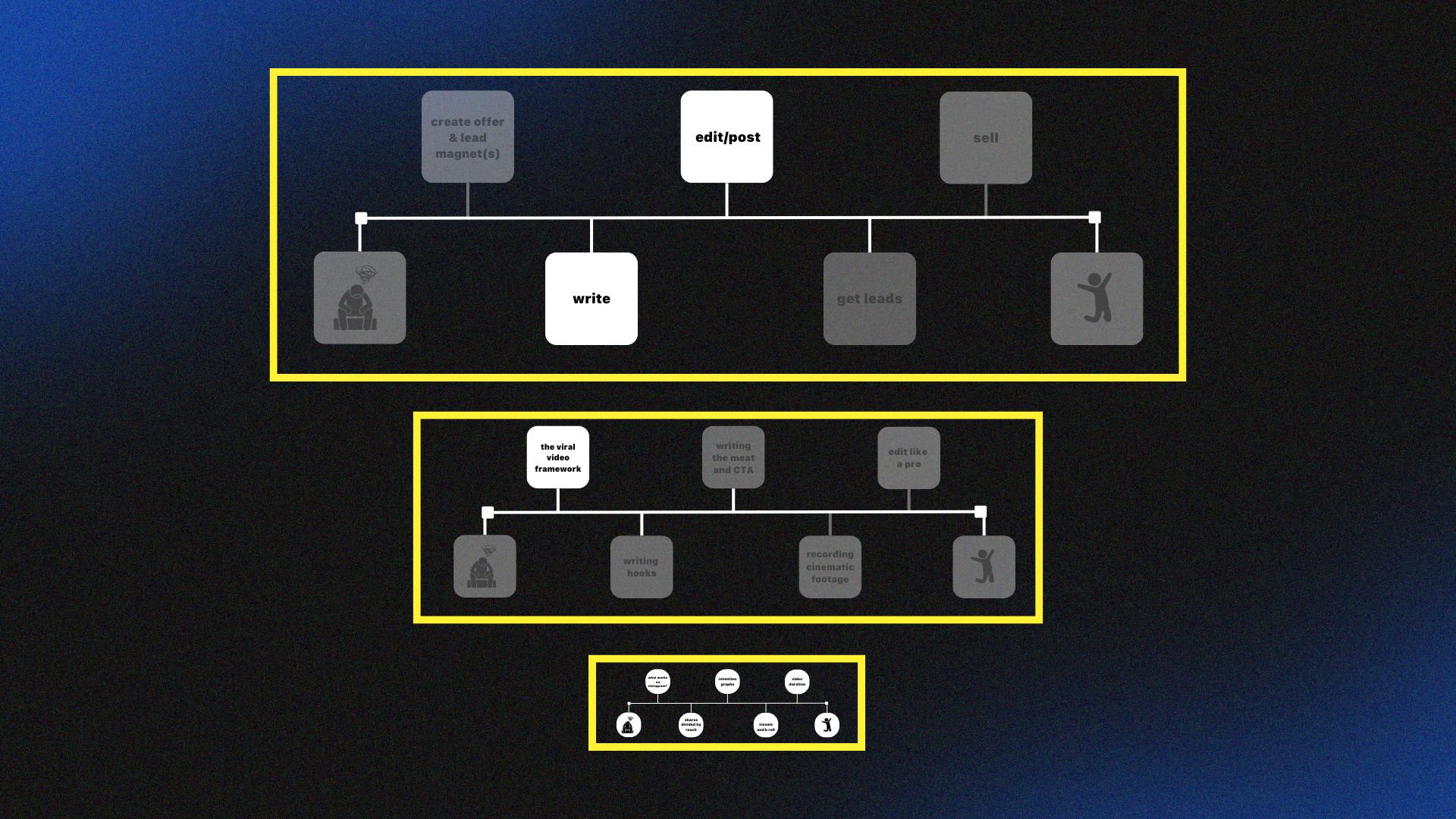In my previous post, Breaking Down My $16,544.25 Product Launch, I pulled back the curtain on the launch of my Creator Academy cohort. It’s a full, in-depth breakdown of how I went from feeling totally lost when it came to selling my own products, reverse-engineering how creators like Jay Clouse, Tom Noske, and Ali Abdaal make 6-figures every launch, deciding to go out and do it myself, and hitting my goal of a $15,000 product launch in just 45 days.
However, one piece was missing that I failed to recognize in that post, and I purposefully omitted it because it is so important that it deserves its own post: how to structure products.
As a marketing nerd, I am obsessed with promoting products — particularly in a way that feels unlike sales and more like connection. It’s why almost all of my Instagram Reels are stories about the lessons I’ve learned as a full-time creator. It just so happens that the problems I’ve solved are now products I sell, and I use those stories to guide people toward purchasing the solution (i.e., my products) to the problems they’re experiencing in a similar journey.
But marketing isn’t the dirty work. The dirty work is sitting your ass down and creating the product. That’s the part a lot of people ignore. They’re so focused on the money-making side of it that they forget there’s an actual product to sell. A product people will spend their hard-earned money on. A product that should move your customers incrementally towards an end dream outcome.
Most people talk about the strategy behind the launch but fail to recognize that more time is spent creating the product. It’s boring, and it’s not sexy. You have the ideas in your head, but executing them takes so long. You wish you could press a button, and the product would be created. Unfortunately, that’s not how it works.
When I sat down to write the first slide of what would become Lesson 1 of Creator Academy, I felt totally lost. I knew the product's end goal (to turn part-time creators into full-time creator business owners), but I didn’t know how to structure it cohesively and intuitively.
What journey was I taking my students on? How could I make that journey clear to them? How could I make this journey clear to understand without bombarding them with information?
I reviewed the structure of courses I had purchased in the past and joined a few cohorts of my own to see how they were run. But no matter where I looked, the structure of each of these products was totally different. In some cases, the structure was confusing to the point where it was hard to see the clear journey I was on as a student.
Spending a lot of money on products like these is off-putting as a student. You’re more confused than before you even signed up.
While in the research phase of Creator Academy, I spoke with my friend Andrew, who had joined Syndicate, the previous version of what is now Creator Academy.
He had joined Tom Noske’s Time to Build and even launched his own cohort. We spoke for over an hour on what was supposed to be a 30-minute Zoom call. And if there’s one piece of advice I will take with me forever after that conversation, it’s the brilliant breakdown he shared of his cohort structure. It was the blueprint I needed to clarify my students’ journey and what finally allowed me to get pen-to-paper for my lesson planning. Once I understood it, it was an immediate flow state.
What is a Fractal?
I had spent hours and hours poring over the cohorts, communities, and courses I had joined, but Andrew broke it down in the most easy-to-understand way possible.
Break your product down into 3 key problems you’re going to solve. Then, break down each of those 3 problems into smaller lessons. Within each of those smaller lessons, create 3 clearly defined outcomes.
This reminded me of a concept commonly thrown around in the stock market: fractal.
Essentially, a fractal is a pattern that repeats forever, and every part of the Fractal, regardless of how zoomed in or zoomed out you are, looks very similar to the whole image.
Take a look at the image below. Try not to get dizzy or convince yourself you’re tripping balls.

Notice how the smaller triangles are identical to the larger triangles in shape and size. No matter how zoomed in or out you are, the shapes are very similar, if not identical, to the whole image. This is a fractal.
Now, what the hell does this have to do with creating products?
Did I spend too much time looking at the triangle to the point where I actually am tripping balls?
Maybe!
Allow me to explain.
Fractal Products
Each product you create should take customers on a journey from Point A to Point B. Point A is filled with pain points, limiting beliefs, the desire to be better, and a lack of clarity on what it takes to get to Point B. Here’s a breakdown of my customer journey. My goal with Creator Academy is to turn part-time creators into full-time creators. This is represented by the top ‘timeline’ highlighted in yellow.

For part-time creators to go full-time, they need to:
- Create an offer and lead magnets.
- Write videos that will get people to download those lead magnets.
- Edit and post those videos to social media.
- Get leads from those social media posts with something like Manychat.
- Sell to those leads through stories and emails.
One journey, five steps.
Now, we can break this down even further. Let’s say I wanted to create a course in Creator Academy about writing videos.
Well, I could break down that module into its own journey! It would look something like this.
- Find and store great ideas as they come to you.
- Define your audience and the lesson you want them to learn.
- Write scroll-stopping hooks.
- Write the meat of the content (storytelling)
- Write call-to-actions that get people to act.
We can take this one step further. Break down each of these bullet points into its own journey. For example, if I wanted to show my students how to find and store great ideas for their videos, I could break down that part of the lesson as follows:
- Get a pocket-sized notebook or keep track in your phone’s notes app
- Why stories are important in your content
- Questions & prompts to ask yourself to find great story ideas
- Types of stories that do well
See? When in doubt, break down each of your products into its own customer journey. Break down each module into its own customer journey. Break down each of the lessons inside that module into even smaller journies.
Eventually, you’ll end up with a series of micro-journies you can take a customer on at any given point in your ‘value ladder’ — more on that in a future article.
The bottom line is this: great products are fractal, and no matter where your students are in the journey, they’re not stuck in No Man’s Land — they know exactly what they’re working toward at any point in the process.
